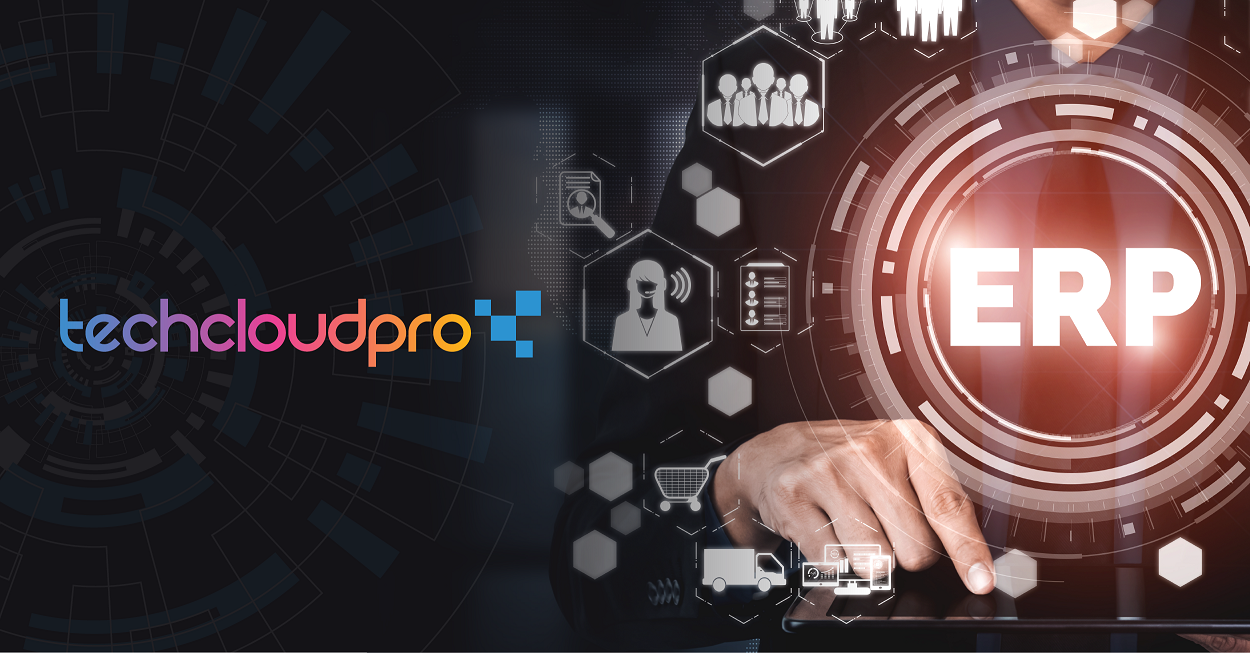NetSuite ERP: How does it work?
Posted On October Tuesday 5, 2021

It is no secret to anyone that the pandemic has been a challenge for all-size business operations. Faced with this context, medium and small enterprises need to use tools that help them operate efficiently. One of the market options for these organizations is Oracle NetSuite – a suite of end-to-end solutions for running the business from anywhere.
NetSuite, the first platform that is 100% developed in the cloud, with more than 20 years of experience in the market and acquired by Oracle 4 years ago. It makes easier for SMEs to control their sales, purchases, finances, and other operations remotely because of its cloud integration.
This system is very efficient as it is capable of adapting to the size and needs of the organization. To say, it does not matter how much the turnover is or the heading of the venture: this platform will adjust to your requirements. In addition, it reduces the fixed costs associated with the administration of the company in general, especially in accounting, planning, and IT.
How does NetSuite Works
The objective of Netsuite ERP is to deliver solutions through the cloud in a subscription model. The software automates the usual processes and manages the operations of the company by interconnecting the processes of its most diverse sectors, such as billing, human resources, accounting, and so on.
Generally, this software consists of 3 layers: interface or presentation layer, database or logical storage system, and logical processing layer. Get to know each one in detail from now on!
Interface or presentation layer
This is the top layer of NetSuite ERP, through which users interact with the system. Here, several features are available, such as filling out entries, browsing menus, and viewing reports, etc. It is the interface that makes the software user-friendly for data management.
Database or logical storage system
Every interaction done on the surface layer will extract records and store them in the database. Thus, the company’s software installations will be linked to this system, either natively or through any other connection mechanism.
Logical processing layer
In practice, we can say that the processing layer is the one that makes the connection between the interface and the database. It reads the commands entered by the user and integrates them with the various modules of the system, responding to requests made in the presentation layer. It is the logical processing that receives customizations so that the NetSuite ERP adapts to the company’s processes. Also, new updates for performance and security improvements are made in this layer.
Pros of NetSuite ERP
Not to say, NetSuite is one of the most powerful ERP available in the market today. But, every product has its own pros and cons. Let’s discuss it in detail. The benefits it offers in every aspect of business and the weakness it possess.
Real-time access to everything
NetSuite ERP users can access all information in real-time, at any time, from anywhere, and through any device. This ensures that employees can make decisions more quickly and with confidence.
Lower initial investment
NetSuite ERP is much more affordable than a locally installed program in the short term. This is because ERP systems in the cloud do not need to be installed on their servers, the updates are carried out automatically, and it is the service provider who is in charge of making all the relevant backups. This way, it is possible to save time and costs for the company by freeing the IT team from technical tasks.
Scalability
NetSuite ERP is designed to scale with businesses as they grow and to streamline mission-critical processes. In turn, this allows employees to continue to focus on what they do best and react to new market opportunities quickly and confidently.
Availability
Remember the days when companies relied only on paperwork to search and gather information? But with NetSuite ERP systems, everything changed. As technology advances, what you need is a device and an active internet connection to access your system, no matter where you are. With this, you will have all your company information available at any time. This is a great advantage that NetSuite ERP brings to your company.
Data security
Recently, there have been several reports of companies having suffered attacks related to data security, and the costs of implementing solutions that effectively protect internal servers against ransomware attacks are increasing aggressively. If companies that experienced this problem had implemented NetSuite cloud ERP, surely, the most critical information and data would not have been hijacked. This means that the ERP cloud platform is one of the most secure ways to store your data. When your information is online, it will remain safe and secure.
Cons of NetSuite ERP
Availability of physical space
This disadvantage does not exist for ERPs that store data in the cloud, saving computer capacity. However, when they require installation, they turn out to be heavy programs, which need a lot of processing power from the company’s servers.
Dependency on internet
ERP in the cloud needs an internet connection to work. This is usually not a problem for most companies, but a drop in the connection at a crucial time, such as on the eve of a deadline, can lead to losses. Therefore, in the adoption of ERP, there must be a charge from the IT sector to maintain the service-level agreement (SLA) with the telephone company or internet provider to ensure the greatest possible availability and quick restoration in case of a signal drop.
Subscription Cost
NetSuite offers an annual subscription model for the number of users and accounts, as the system resides on the cloud platform. If the number of users or accounts increases, then the maintenance cost of ERP also increases. However, as compared to the benefits and expenses of on-premise ERP, this expenditure is worth investing
Keys to ensure successful implementation of NetSuite
Implementing new software can be a very complicated job, and the best thing to do when carrying out a NetSuite project is to have a great team of professionals who can guide their clients and their employees along the way.
Looking for a NetSuite Partner? Contact us; we are an official Oracle NetSuite Partner.
Next, we will take you through the phases of NetSuite implementation, each with specific objectives.
Planning the implementation of NetSuite project
The first step in the planning phase is to organize a discovery and analysis session with the customer. You must become familiar with the customer’s business model, identify the current process, and recognize the areas where NetSuite can drive the business forward. This is achieved through the creation of a Business Requirements Document (BRD).
Designing while involving the whole team
This phase involves detailed requirements and an understanding of the workflows to implement the NetSuite ERP system. The success of any NetSuite implementation depends on ensuring that the entire company is involved with the new software change. It is essential to include all the members of the internal team to understand the project and the benefits of implementation. Board members must be part of financial decision-making, so they should be included in the early stages of the NetSuite project planning. Failure to do so can lead to communication problems, which can be reflected in significant delays and an increase in the initial cost of the project.
After defining the business requirements, you should dedicate some time to gap analysis. If the results show that the data is sloppy, with multiple messy formats and missing information, then it’s necessary to debug it before moving forward to the next step. If you skip this step, you may find errors in the data migration process.
Testing Phase
At this stage, both the tester and developer works very closely, checking that the client’s requirements are met. Here, the NetSuite developer takes the wheel, but the administrator will be the intermediary to make sure that everything works fine. Open communication between developers and other team members is essential, as it will increase the chances of producing, testing, and launching an excellent final product in the end.
Configuration of the NetSuite project
This is the most complicated part of the project. Now it’s time to run the software, leading to the configuration and deployment stage of the NetSuite project. You should never underestimate the time this stage can take, as it can take a long time and affect the entire project in an unwanted way.
Moreover, being the implementation partner, you need to prepare yourselves for the potential issues that may come up and clarify to the client that at this stage, they may experience changes in their work routine. The project team should always be available to answer questions, help users understand the system, and resolve if any issues arrived.
Support & Training
It’s important to nurture the client during the early stages of the deployment, and the training is an ongoing process. It is beneficial for the company to invest in ongoing training and resources. And, this will save later investments and allow employees to make optimal use of the resource, maximizing the benefits for the company.
Wrapping Up
In the end, there is no one management system that is ideal for every business. As companies have specific needs, the software needs to meet this demand. But it’s a fact: that NetSuite ERP in the cloud has proven to be the most suitable model for most cases.
Are you ready to make the best choice for your company? Have you solved practically all your doubts about ERPs?
If you want a helping hand in choosing ideal ERP software for your business, get in touch with us!

